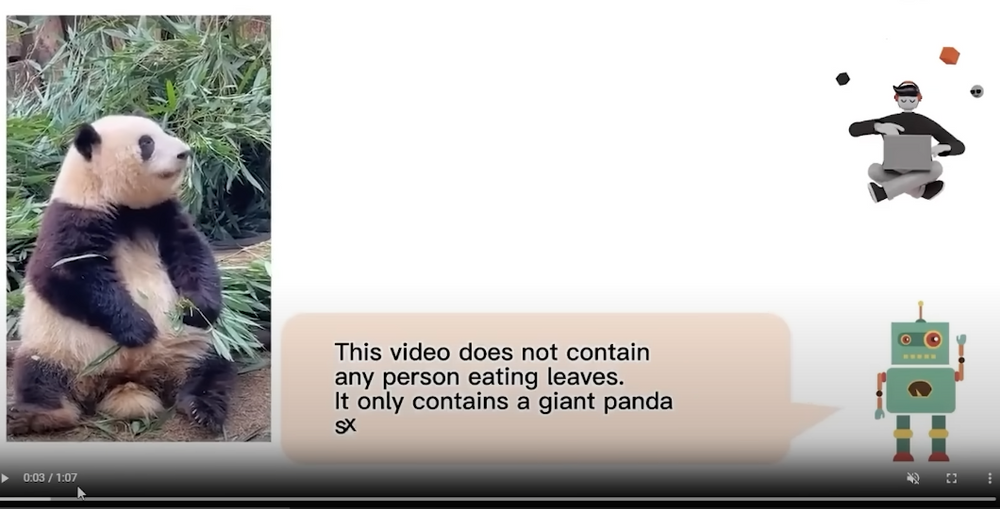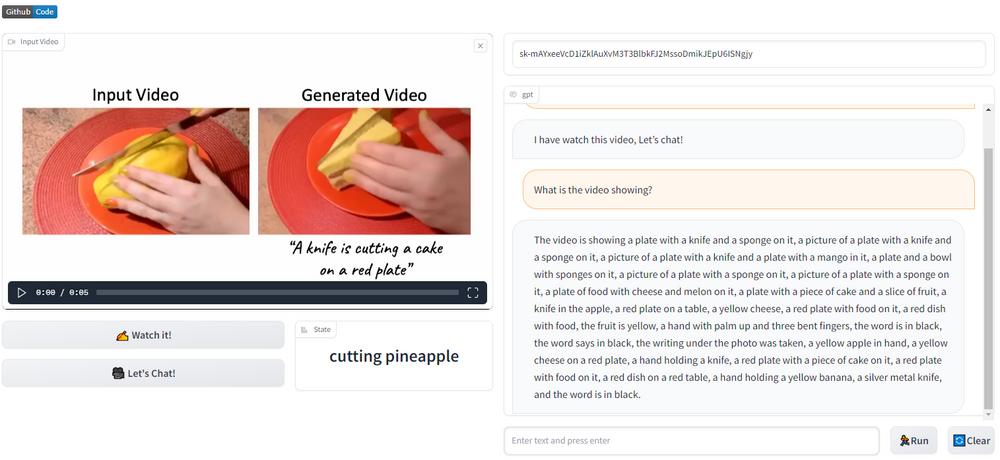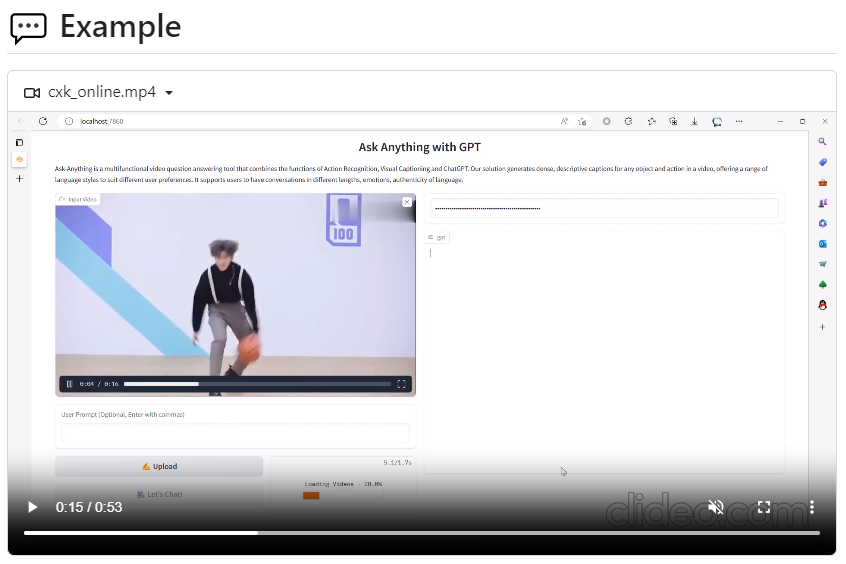
In the ever-evolving world of artificial intelligence, the latest breakthrough is here: VideoGPT.
This new AI technology is taking the world by storm, and for good reason.
In this article, we’ll dive into what VideoGPT is, how it operates, and its numerous applicationsit has in today’s digital landscape.
Get ready to be amazed by this state-of-the-art AI tool!
What is VideoGPT?
VideoGPT is an advanced AI tool that processes and understands videos at an incredibly high level. By combining several cutting-edge technologies, including chatGPT, action recognition, and visual captioning, VideoGPT can analyze videos and provide insightful information about their content. This AI tool can answer questions about the video, identify objects, and even gauge the context in which the actions are taking place.
How Does VideoGPT Work?
VideoGPT works by using several large language models working together to process and understand videos. These models analyze the video, break it down into its key components, and use their vast knowledge base to provide detailed information about the content. This enables VideoGPT to answer questions about the video, describe what is happening, and even provide context for the actions taking place.

For example, when VideoGPT is asked to analyze a video of a young boy playing soccer, it can identify the type of ball, the color of the boy’s shoes, and even how many times he kicks the ball. This level of understanding is made possible by the AI’s ability to “watch” the video and draw on its extensive knowledge base to provide accurate and detailed information.
In one case I uploaded a simple video and asked it to explain to me what the video was showing and I was surprised to see the detailed answer it provided!

Real-Life Applications of VideoGPT
The applications of VideoGPT are vast and varied. From content creators to businesses, this advanced AI tool has something to offer everyone.
Some real-life examples of how VideoGPT can be used:
- Content Analysis: VideoGPT can help creators analyze their videos, identifying key elements and providing insights on their content. This can help creators fine-tune their videos and make them more engaging and informative for their audience.
- Video Editing: By understanding the content of a video, VideoGPT can assist in the editing process, identifying key moments and helping editors make informed decisions about how to structure their content for maximum impact.
- Advertising: Companies can use VideoGPT to analyze their video ads, gauging audience reactions and identifying elements that resonate with viewers. This can help businesses optimize their ads for better results and return on investment (ROI).
- Video Recommendations: Streaming platforms can use VideoGPT to analyze and understand the content of their video library. This can help improve their recommendation algorithms, ensuring that users are served up content that is truly relevant to their interests.
- Education: VideoGPT can be used to analyze educational videos, identifying key concepts and helping educators create more effective content for their students.

The Limitations of VideoGPT
While VideoGPT is undeniably impressive, it’s not without its limitations. For example, when analyzing videos with more complex or unusual content, the AI may struggle to provide accurate information. Additionally, certain aspects of a video, such as the number of times an action occurs or the specific details of an object, may be more challenging for the AI to discern.
This is due to the fact that VideoGPT relies on multiple large language models working together. As information is transferred between these models, some details may be lost or misinterpreted.
However, these limitations are not uncommon in AI technology, and as VideoGPT continues to evolve, we can expect these issues to be addressed and improved upon.
The Future of VideoGPT
The potential for VideoGPT is immense, and as the tech continues to develop, we can expect even greater advancements in the near future. With improvements in AI understanding and processing capabilities, VideoGPT could soon be able to handle even more complex video content with greater accuracy.
Here are a few exciting possibilities for the future of VideoGPT:
- Improved Video Summarization: As VideoGPT becomes more advanced, it could potentially provide even more detailed and accurate summaries of videos, making it simpler for users to locate the desired content without having to watch the entire video.
- Accessibility: VideoGPT could play a significant role in making video content more accessible for individuals with disabilities. By providing accurate captions and descriptions of visual content, the AI could help those who are visually impaired or hard of hearing to better understand and engage with video content.
- Virtual Reality and Gaming: As AI technology continues to improve, we could see VideoGPT integrated into virtual reality (VR) and gaming experiences. By understanding video content in real-time, VideoGPT could help create more immersive and interactive experiences for users.
- Automated Video Creation: With an advanced understanding of video content, VideoGPT could eventually be used to create entirely new videos based on user input or specific guidelines. This could revolutionize the way we create and consume video content in the future.
In conclusion, VideoGPT is a groundbreaking AI tool that has already demonstrated impressive capabilities in understanding and processing video content. While there are still some limitations to overcome, the future of VideoGPT is undoubtedly bright.
As the technology proceeds to evolve, we can look forward to even more innovative and impactful applications for this cutting-edge AI tool. From content creators to businesses and beyond, VideoGPT is going to change the way we understand video content in our increasingly digital world.
Note: The views and opinions expressed by the author, or any people mentioned in this article, are for informational purposes only, and they do not constitute financial, investment, or other advice.
Relevant Articles:
SnapChat Joins AI: Discover the All-New ‘My AI’ Chatbot
GPT-5 Rollout: Gradual Release & Safety Unveiled by Brockman
From Meta to Meta AI: SAM, The AI for Image Segmentation

